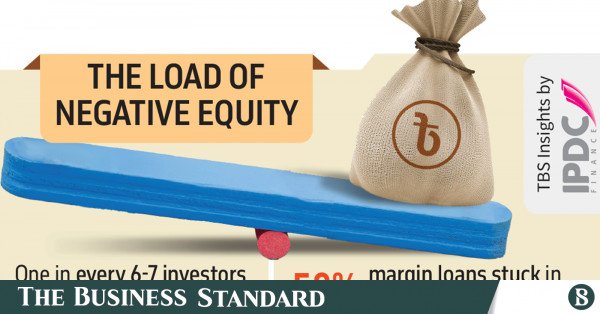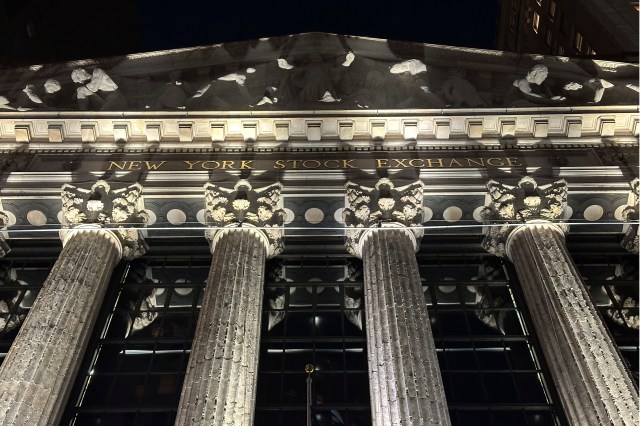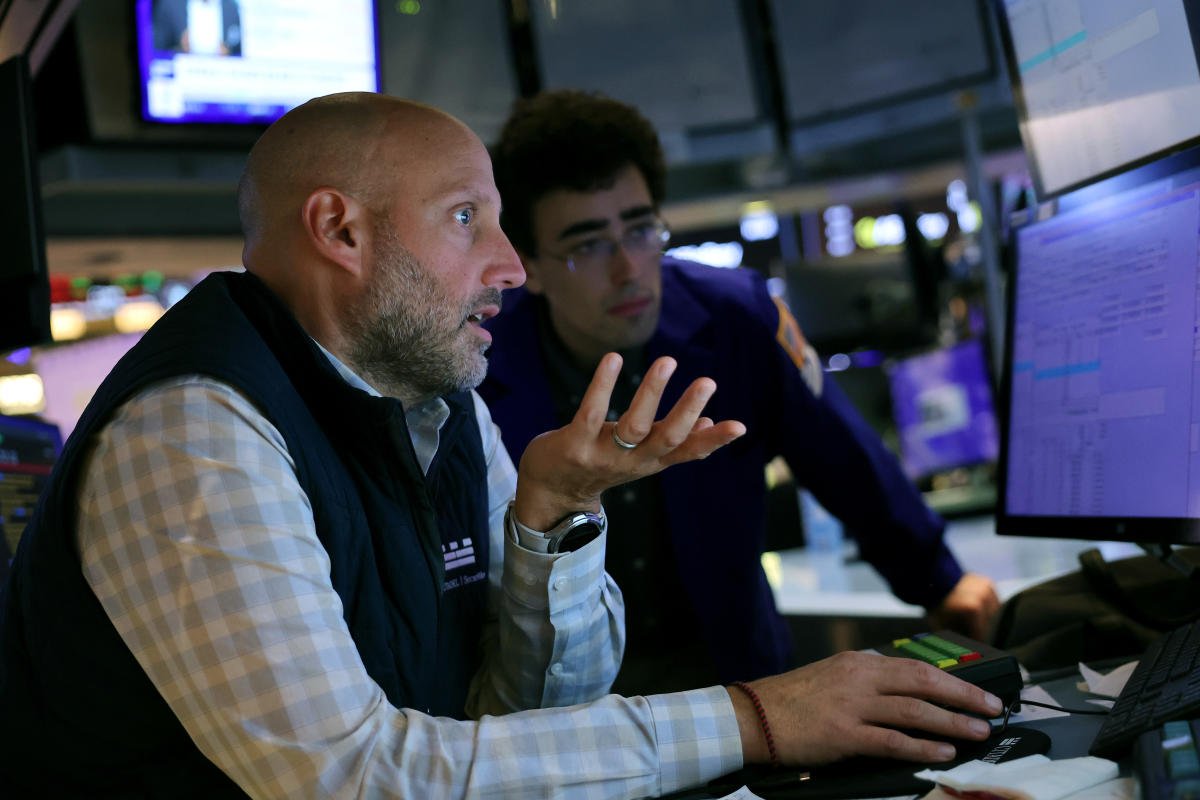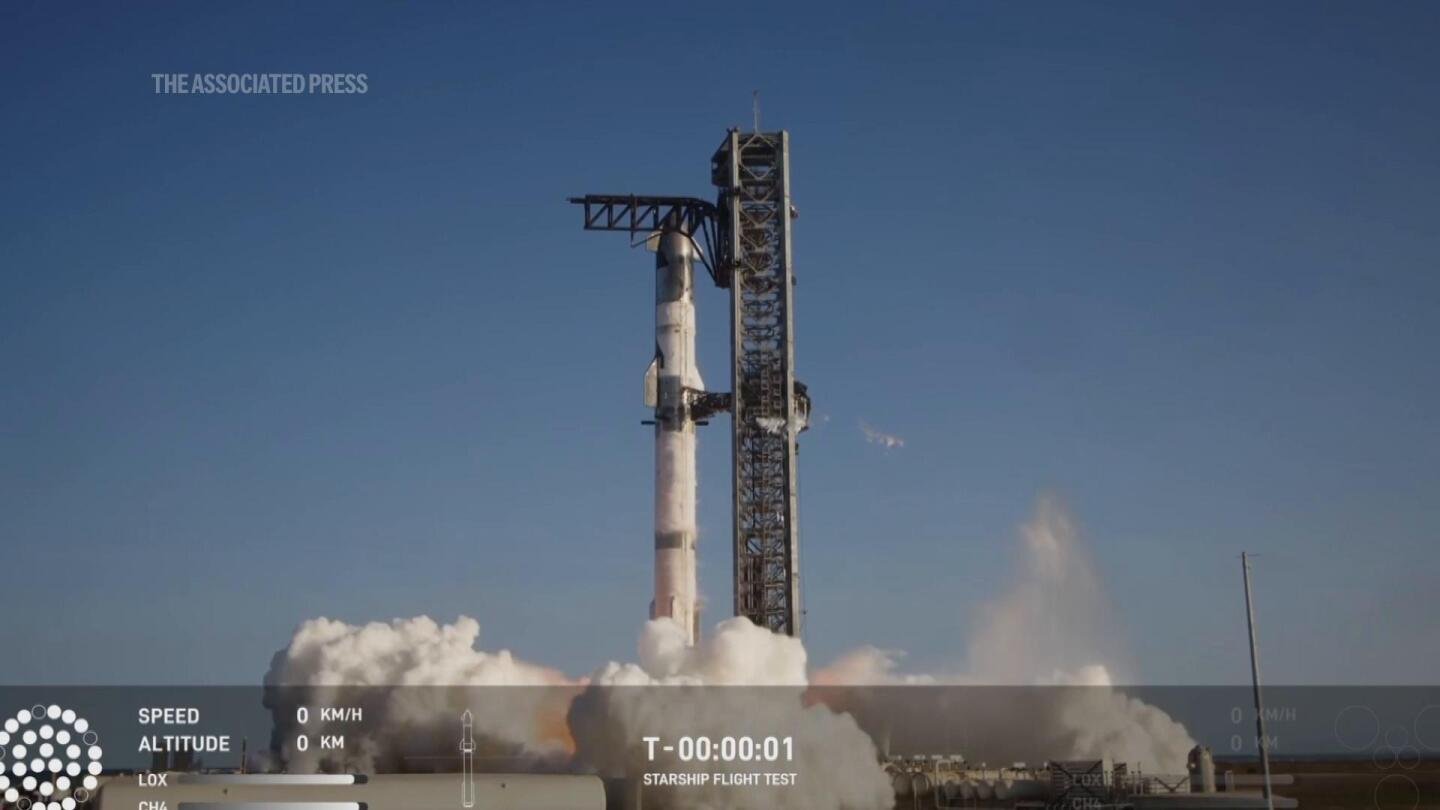Despite only 15% of Bangladeshi stock market investors using margin loans, negative equity in these accounts has swelled to over Tk9,700 crore, equivalent to 56% of all outstanding investor loans gone sour – a situation that has left brokerage firms and merchant banks scrambling, according to a BSEC document seen by TBS.
Now lenders, unable to force repayment of market losses due to the nature of the loans, are left struggling with weakened balance sheets and eroding investor confidence. These toxic assets have shaken financial institutions, undermining the stability of an already fragile market.
Analysts attribute the mounting crisis to poorly designed loan products, inadequate risk management, and prolonged regulatory leniency. Frequent interference in managing distressed accounts has compounded the issue, creating a massive hole in the market’s financial ecosystem.
Following a wake-up call in August this year, the industry is now seeking government intervention. Market players are requesting long-term soft loans to write off bad assets and stabilise their books as they confront a decade-long legacy of toxic assets.
Margin loans and negative equity
DSE Brokers Association President Saiful Islam explained the mechanism of negative equity to TBS.
Under current regulations, an investor with Tk100 can leverage up to Tk200 through a 100% margin loan. If the stocks rise by 50%, the investor’s equity increases to Tk300, while the lender still expects only the principal and interest, he said.
However, if the market falls, losses are amplified, said Saiful Islam who is also a director of BRAC EPL Stock Brokerage.
A 10% loss in the Tk200 investment would erode the investor’s equity by 20% plus the interest incurred. If the portfolio’s value drops to Tk150, brokers issue a margin call.
If the investor fails to deposit more funds and the market value of the portfolio drops to Tk125, the broker or merchant bank is dictated to sell everything by force and secure the lent amount.
Failure to force selling before the portfolio value drops to Tk100 creates a negative equity for the investor, for which they will not be compensated, he said.
Chartered Financial Analyst Md Moniruzzaman, managing director and CEO of Prime Bank Securities, said, “In the whole ecosystem, there is a significant lack of awareness about risk management surrounding margin loans.”
The legacy problem with margin loans
Up to 150% margin loan against equity allowed in 2010 regulations was practically surging to 200%-400% amid a slack in regulatory oversight for compliances.
With the market crash later that year, negative equity started breeding and ballooned to over Tk25,000 crore in three to four years as sympathy to protesting investors forced the regulator to ask brokers and merchant bankers for no forced selling.
After any stock market bubble in history, leveraged accounts face huge negative equity and Bangladesh was no exception, said Moniruzzaman.
But, the forced selling ban and repeated moves to use margin loans as a tool to boost up the market worsened the problem here.
“Margin loan dependency worked as a poison pill here,” he said as the market crashed from the 2010 bubble and never climbed back near that level.
The collective hope for market recovery, instead, only added to the interest burden on the investors while desperate selloff from leveraged accounts worsened the falls in downturns.
“Every time the market falls a bit, we get into a negative spiral of margin calls causing the market to fall further and then more margin calls. The market is not getting rid of the problem,” said Asif Khan, chairman of Edge Asset Management and the president of CFA Society Bangladesh.
Big hole for the industry
One in every 6-7 investors use margin loans in Bangladesh, reveals a Dhaka Stock Exchange (DSE) report prepared at the end of October 2024. The figure is at least one in every three investors who use margin loans in developed countries.
Some 134 of the 290 active DSE brokers have nearly Tk11,000 crore outstanding in margin loans to 1.83 lakh investors. More than Tk6,100 crore or 56% of the outstanding loans are already stuck in negative equity accounts due to the stock price fall and the accumulated interest charged, according to the report.
The problem is even worse for merchant bankers who have struggled to recover margin loans as losses have outweighed market potential.
According to an industry compilation at the end of September this year, 26 of the 66 licensed merchant banks have got Tk3,565 crore stuck in 15,700 negative equity accounts of their clients.
Of this amount, around Tk2,500 crore was principal lent to investors, with Tk1,116 crore in accumulated interest deepening the losses. Since investors are not obligated to repay, and the market has lacked sufficient bullish momentum, recovery remains unlikely.
Even a market recovery will not help recover assets from all accounts. Nearly 1,700 accounts owing Tk338 crore were emptied by the merchant banks late, which they failed to do on time.
At the end of September, the securities held in the negative equity accounts were valued at Tk1,100 crore.
Bangladesh Merchant Bankers Association (BMBA) President Mazeda Khatun said negative equity in merchant banks’ is at around 60% of the total outstanding.
Firms having the biggest holes
In the brokerage industry, PFI Securities reported the highest negative equity at Tk676 crore, followed by Fareast Stocks and Bond, AIBL Capital Market Services, Aviva Equity, ICB Securities Trading Company, and Premier Bank Securities, among the top 15.
Except for subsidiaries of LankaBangla, UCB, EBL, and NBL, 50%-100% of the outstanding margin loans in these firms turned into negative equity.
LankaBangla Securities, with the highest number of clients, has the 15th largest negative equity of Tk131 crore in client accounts, which is 32% of its outstanding loans.
Of the merchant banks, AB Investment reported the highest Tk476 crore in negative equity, followed by ICB Capital Management, UniCap Investments, GSP Investments, Sonali Investment and Trust Bank Investment, among the top 15.
Industry continues inflated accounts
Accounting standards demand market intermediary firms’ provisioning against their losses in the disbursed margin loans.
However, in response to industry requests, the Bangladesh Securities and Exchange Commission (BSEC), which had initially triggered the problem by disallowing timely forced sales, continued to extend its exemption from compliance.
The smartest and most compliant firms in the brokerage and merchant banking sectors did not choose the temporary relief on paper. They, instead, reduced their negative equity accounts by forced selling at the first chance alongside keeping provisions against the bad assets.
Despite this, the merchant banks with negative equity could only manage a total cumulative provision of Tk1,345 crore, resulting in a significant shortfall.
As of October 2024, provisions in the brokerage industry account for 23% of the total negative equity. Only 20% affected firms have their required provision.
How to solve the problem
Chartered Financial Analyst Md Moniruzzaman, managing director and CEO of Prime Bank Securities, prescribed that the intermediaries need to write off toxic assets and recapitalise themselves.
Edge Asset Management Chairman Asif Khan called for rigorous risk management practices within the intermediaries.
Analysts also called for setting industry practices to assess the clients’ risk profile and investment performance before the loans as seen across the world.
Bangladesh has yet to establish a culture of upholding the rules and margin loan contracts between clients and intermediaries, turning what should be a tool for maximising risk into a problem, said BMBA President Mazeda Khatun, who is also the CEO of ICB Capital Management.
Forced selling wipes out investors, and the rational consequence in risk management failure is treated as “inhuman handling of the crisis,” she said.
The generous handling of the crisis over years did not help investors ultimately.
For instance, state-owned Investment Corporation of Bangladesh (ICB) and its subsidiaries together waived around Tk1,000 crore in interest accumulated in clients’ margin accounts in the past one decade, which barely changed the scenario.
“Margin loan is a tool for risk-taking investors who should be well aware of the risks,” said Mazeda Khatun, adding that protection for risk-taking investors at any cost should not continue.
DBA Senior Vice President Md Saifuddin said the design of margin loan is faulty and it should be changed in line with the global best practices.
For instance, he said, stock wise risk management, instead of portfolio wise approach would help protect the investors alongside reducing the all on a sudden forced selling across the board.
“Then, you may see one stock is being sold from the leveraged accounts, while another one is being bought,” said Saifuddin who is the managing director of IDLC Securities.
Analysts suggest that reducing the use of borrowed capital would contribute to market stability, emphasising that there should be no repetition of forced selling ban.

















